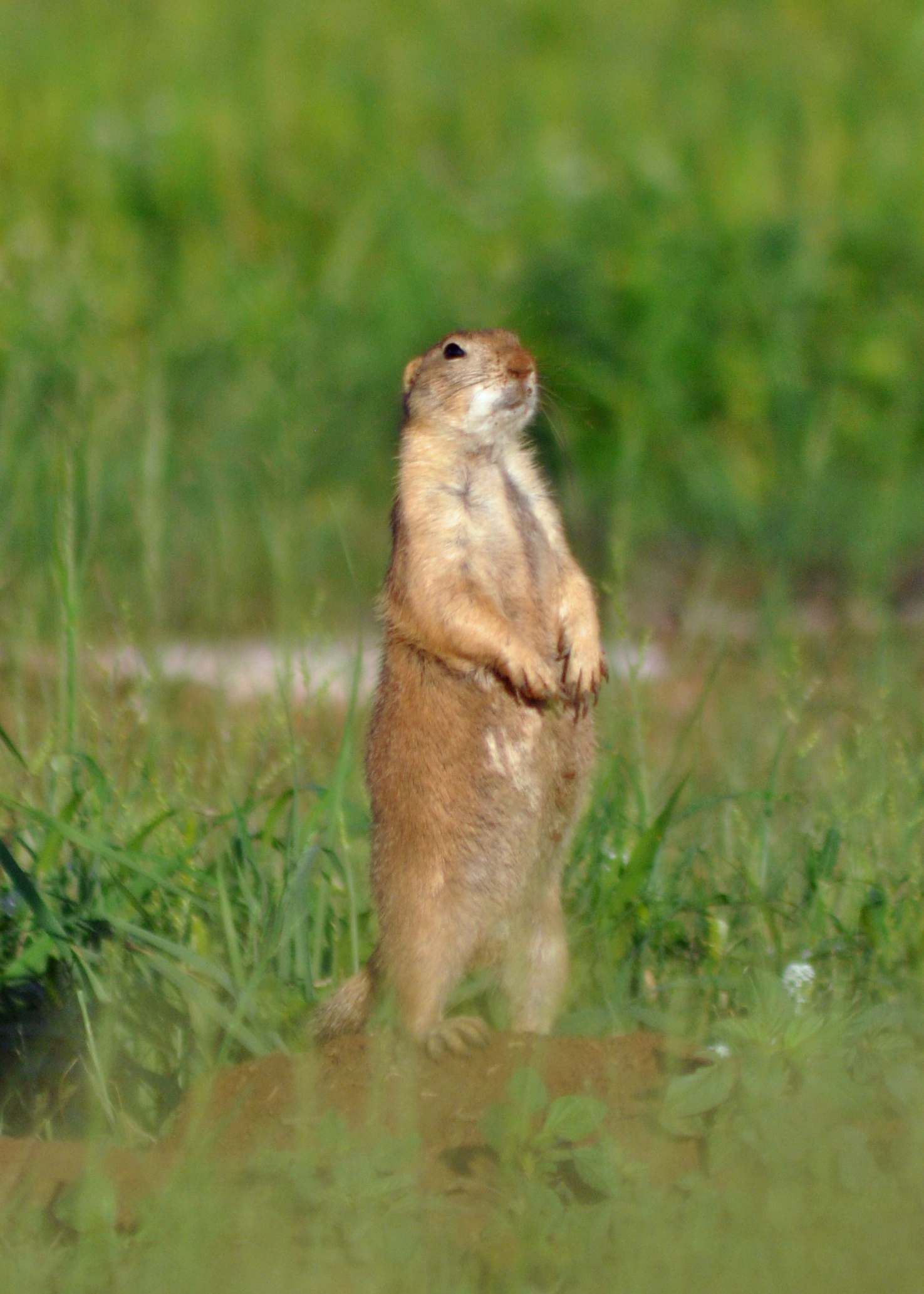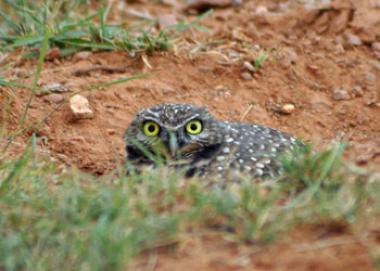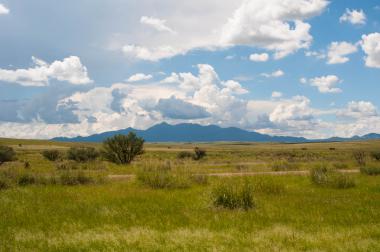New KCRL publication! Prairie dogs play an important role in limiting woody plant encroachment
PrairieDog1.jpg

Prairie dogs provide many important ecosystem services including burrow creation, soil aeration and fertilization, and prey for the endangered black-footed ferret. Prairie dogs may also provide another important, but overlooked service: limiting woody plant encroachment. Prairie dogs systematically gnaw, clip, and girdle other vegetation on their colonies in order to increase visibility and maximize predator detection. Given that prairie dog eradication efforts reduced populations in North America to approximately 2% of their former size, it makes sense that prairie dog removals would have facilitated woody plant encroachment across much of their their historic range.
Hale_web-2.jpg

Las Cienegas 2.jpg

In an exciting new publication, KCRL alum Dr. Sarah Hale along with colleagues Drs. John Koprowski and Steven Archer detail a unique opportunity to test the capacity for black-tailed prairie dogs (Cynomys ludovicianus) to resume their ecosystem services, including woody plant removal, following reintroduction to a protected grassland in southeastern Arizona, from which they were historically extirpated. Sarah tested reintroduced black-tailed prairie dogs' capacity to limit woody vegetation by monitoring woody plants on and off colony for evidence of girdling and clipping by prairie dogs following reintroduction; Sarah placed half of the woody plants at each colony within exclosures (small wire cages that kept prairie dogs out) and left the other half exposed to the prairie dogs. Sarah also planted cuttings of mesquite and creosote in and outside of established prairie dog colony boundaries each year. For each real and simulated woody plant, Sarah measured foliage density, height, and coverage, and amount of prairie dog damage.
Sarah found that woody plant density on prairie dog colonies was 40% of that recorded off of colonies. Shrubs remaining on colonies were disturbed more frequently than those located on colony peripheries and off of colonies, and 89% of simulated saplings placed on colonies were damaged by prairie dogs, less so at the colony periphery (39%), and not at all off of colonies. This study indicates that the reintroduction of prairie dogs following brush management has potential to extend the shrub treatment longevity and reduce or perhaps eliminate the need for follow-up treatments, while simultaneously promoting the restoration of grassland habitats and the plants and animals endemic to them. This work highlights another important ecosystem service that the small but mighty prairie dog provides in maintaining healthy and biodiverse grassland ecosystems.
Read the full article here:

